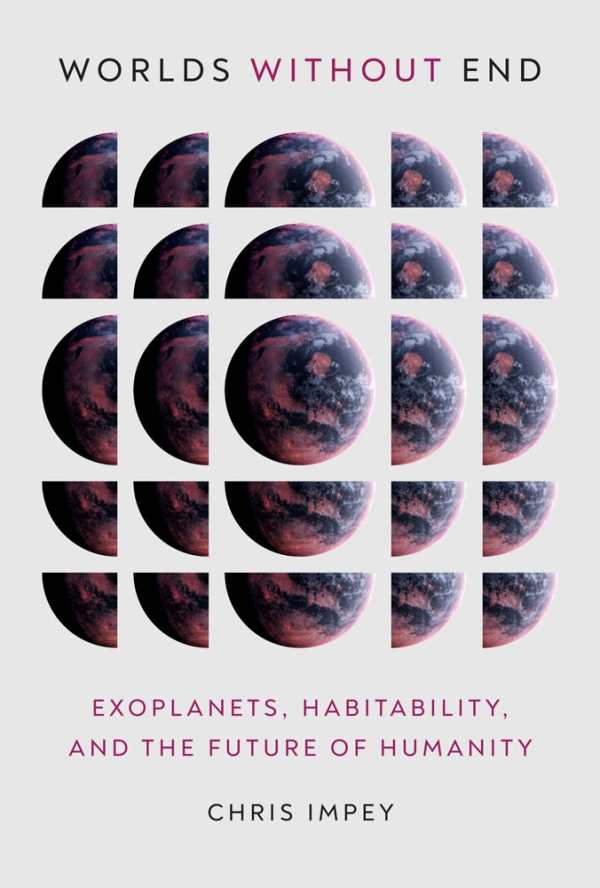Worlds without End
Exoplanets, Habitability, and the Future of Humanity
The electrifying account of planetary exploration in Worlds Without End is as enthralling as the best science fiction. Amazing in its scope and authority, this entertaining science book will appeal to anyone who has gazed into the night sky to imagine life beyond Earth.
The demotion of Pluto (RIP, 1930–2006) is a small loss compared with the remarkable advances in astroscience over the past thirty years. As this book explains, astronomers have discovered more than five thousand planets outside of our solar system since 1995, with several hundred billion estimated in the Milky Way alone. Most of these planets orbit a star and are incredibly difficult to detect. With ingenuity, grit, and sophisticated optics, however, scientists are successfully “chasing the shadows” of distant planets, including gas giants, ice giants, and water worlds, and speculating on how their chemistry, geology, and physics might impact habitability. These astronomers’ personal stories are fascinating, and their discoveries emphasize that Earth’s environment is rare and fragile.
Combining the latest science with cultural references ranging from Shakespeare to the movie Avatar, Worlds Without End will captivate readers who dream of life in galaxies far, far away.
Reviewed by
Kristen Rabe
Disclosure: This article is not an endorsement, but a review. The publisher of this book provided free copies of the book to have their book reviewed by a professional reviewer. No fee was paid by the publisher for this review. Foreword Reviews only recommends books that we love. Foreword Magazine, Inc. is disclosing this in accordance with the Federal Trade Commission’s 16 CFR, Part 255.

